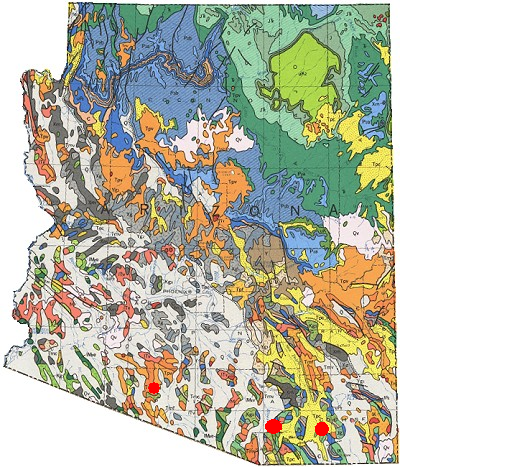The Basin and Range is a wide area where plate-tectonic movements have widened separately the crust as much as 50 percent in the last 15 million years or so. The topmost, breakable astounds have cracked like bread crust into long chunks that have arranged and tilted upon the softer crust under. These varieties shed sediment into the basin between them, marked in light gray. At the same time, magma burst up from below in widespread eruptions, leaving lavas marked in red and orange. The yellow areas are continental sedimentary rocks of the same age.
The dark gray regions are Proterozoic rocks, some 2 billion years old, that mark the eastern part of Mojavia, a large block of continental coating that was fastened to North America and broken off during the fragment of the supercontinent Rodinia, about a billion years ago. Mojavia may have been part of Antarctica or part of Australia — those are the two guiding hypothesis, but there are other offers as well. Arizona could supply rocks and matters for many generations of geologists are approaching.

The selected points (according to the map) contain the biggest amounts of ore and minerals.